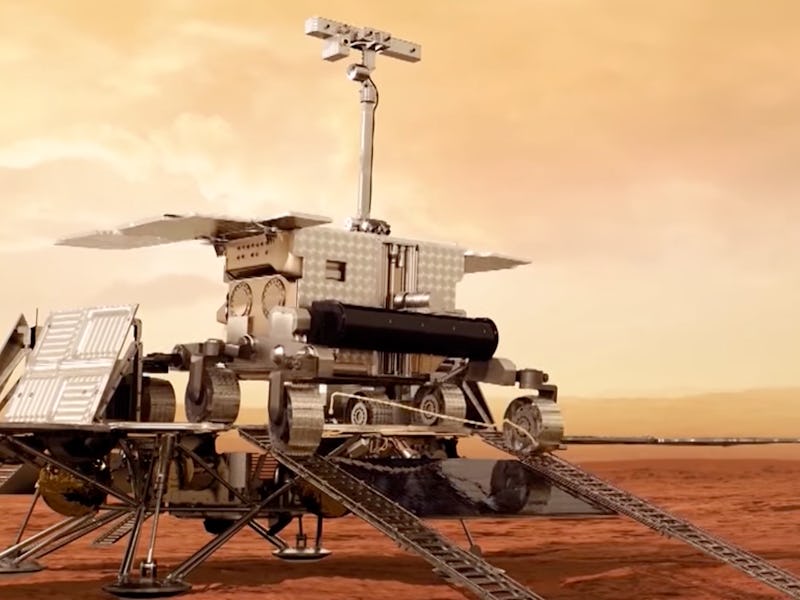On October 19, the two spacecraft that comprise the ExoMars mission to the red planet will arrive at their destination, a little more than seven months after launching from Earth.
On Tuesday, the European Space Agency, which is overseeing the mission in partnership with Roscosmos, Russia’s space agency, released two new videos of what it will look like when the Trace Gas Orbiter and the Schiaparelli Lander approach Mars.
The Trace Gas Orbiter, or TGO, will never actually touch down on Mars. Instead it will orbit the planet to analyze its atmosphere, collecting information that will be critical to future human missions to Mars, like the long term one SpaceX is planning, but also missions in the short-term, whether they are conducted by SpaceX or NASA or the ESA.
The other spacecraft, the Schiaparelli Lander — named for Giovanni Schiaparelli, the Milanese astronomer who observed the geographical features of the planet and because of translation problems, inadvertently sprouted the idea of Martians — is actually hitching a ride on the TGO and will separate from it three days before touching down on Mars. After the three-day coast, Schiaparelli is expected to land on Mars at precisely 10:48 a.m. Eastern time. Here’s what that descent — which will last a little less than six minutes — will look like:
Zooming out a bit, here’s what the approach to Mars will look like in an animation released Tuesday. This is from the point of view of the Mars Express orbiter, an ESA spacecraft that’s been monitoring Mars since December 2003:
And this animation, also released Tuesday by the ESA, shows the arrival orbits of the TGO and Schiaparelli lander. Notice Schiaparelli lands on the planet while the TGO keeps orbiting:
Finally, the ESA also uploaded this video that lays out the goals of the ExoMars mission, which is really “several missions in one.” Get ready for dreamy animation:
The 2016 ExoMars mission is slated to wrap up in December 2022. The 2020 mission of the ExoMars program will include a rover that will “travel across the Martian surface to search for signs of life.”
This is just the beginning.
